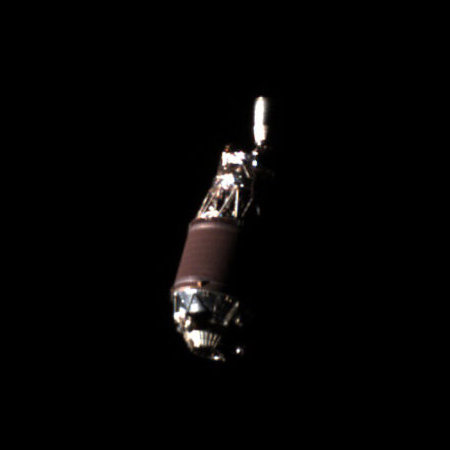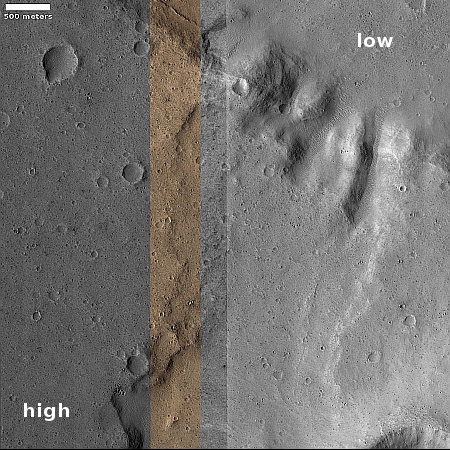Good news: The nature of the riots this election year suggest the leftist rioters are losing steam

Amid the illegal protests by pro-Hamas anti-Semitic new Nazis on college campuses, a wider looks suggests some encouraging trends, though hard to spot amid the chaos promoted by these genocidal rioters, most of whom are students but led it appears by many outside agitators.
There is no question these college rioters are causing havoc as they spread fear and hatred on numerous college campuses, including Columbia, Harvard, MIT, Princeton, NYU, Cal Poly Humboldt, USC, and UT-Austin, to name jsut a few.
In every case the protesters arrived with tents and a definitive plan to illegally occupy part of the campus, using almost identical tactics of the Occupy Wall Street crowd in 2011. Very clearly they wanted to establish themselves in a prominent position on each campus, where they could daily interfere with campus life while harassing anyone they saw as either Jewish or a potential enemy. Their tactics also mimicked the actions of the 2020 BLM and Antifa rioters, not only acting to keep out Jewish students from campuses, but working together violently to exclude anyone they wanted excluded. Reporters were routinely blocked with banners, umbrellas, and their bodies. In at least one case these terrorists even attacked one reporter, stabbing her in the eye with the pole of a Palestinian flag.
There is also no question that these riots have the same ulterior motives that existed in 2020, to disrupt the upcoming November election so that the Democrats could win. Many of the 2020 riots were specifically aimed at Trump election rallies, often causing their cancellation. The riots also provided Democratic Party officials in many key swing states reasons to justify the arbitrary changing of election laws — done also in conjuntion with the COVID panic — to allow the illegal use of very insecure ballot measures, such as unsupervised drop boxes and the misuse of mail-in ballots.
The differences today from 2020 and 2011 however are quite significant, and suggest these violent tactics are no longer working, that the country is beginning to push back hard against such insurrectionist behavior.
The pushback
» Read more















